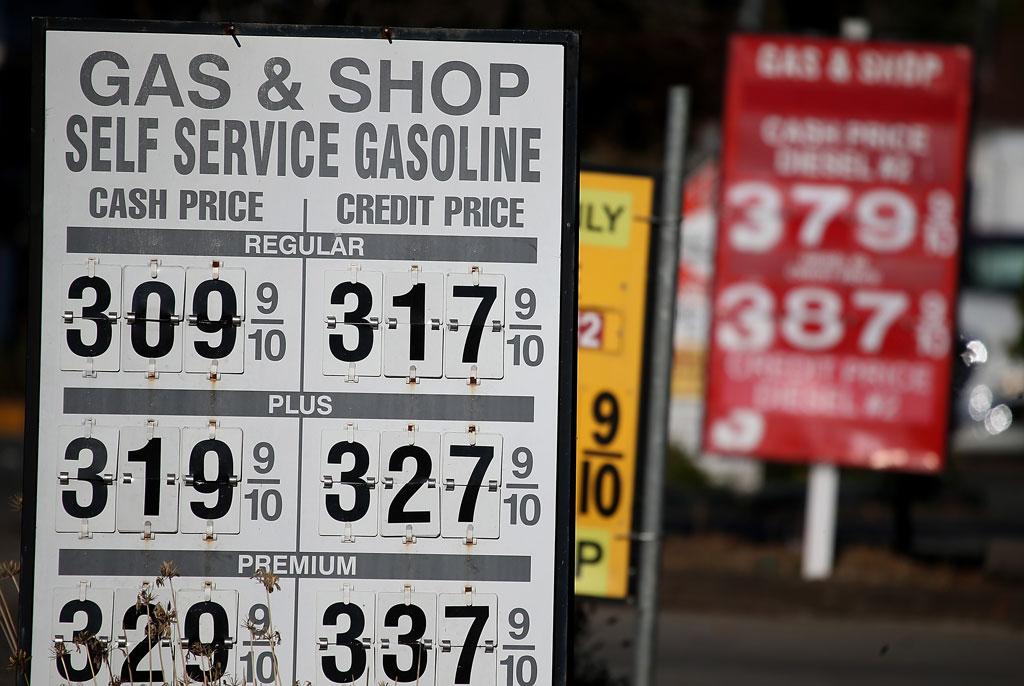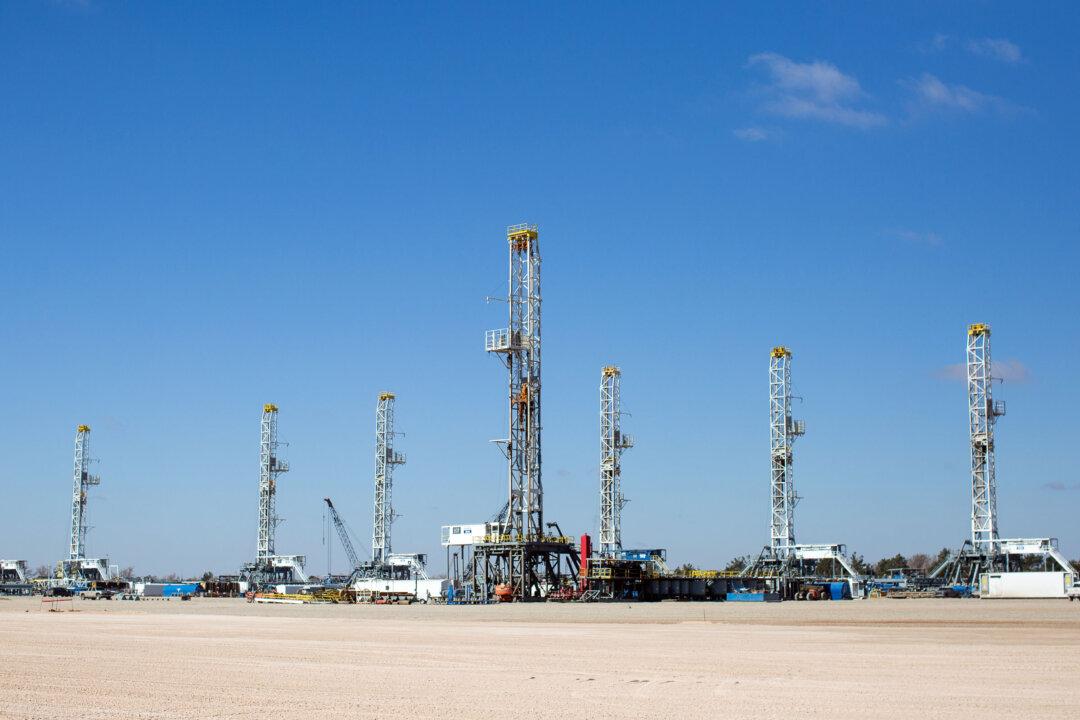Global oil prices hit multiyear lows in recent weeks. Heading into the winter season, the downward pressure on prices is expected to persist.
With the West Texas crude futures trading below $79 per barrel, U.S. gas prices have dipped below the threshold of $3 per gallon nationally.
Economists, commodities analysts, and OPEC are grappling with the effects depressed oil prices, and depending on where their allegiances lie, have either sung the praises or sounded the alarm on cheap oil.
There are several factors influencing oil prices. Chief among them is a global demand drought due to weak economic indicators (the United States notwithstanding). Geopolitical worries, such as the political change in Libya, also kept oil prices at an elevated level over the last few years. Lastly, increased U.S. shale oil production has flooded the market with light crude.
Let’s examine a few major groups or industries who are most impacted by the recent shift in oil prices.
Airlines and Transportation
The airline industry is one of the biggest beneficiaries of crude oil price drops. Airlines are extremely susceptible to oil price changes, given fuel is their biggest expense.
An industry trade group, Airlines for America, estimates that every cent change—up or down—in the price of oil equates to a change of around $190 million in annual fuel expense.
Airlines typically hedge the price of their fuel to decrease volatility in earnings, and the recent plunge in oil prices will enable more airlines to lock in lower rates, ensuring that cost savings will continue for the foreseeable future.
Another group that benefits from lower fuel prices is the delivery sector, including United Parcel Service Inc., FedEx Corp., and freight trucking companies. Similar to airlines, these firms are sensitive to price fluctuations in fuel.
Experts don’t believe the lower fuel bills will result in drastically lower prices for consumers, at least not immediately. Companies typically need to convince themselves that such price changes are not a fluke before passing the savings onto customers.
Consumers and Cars
Pricing changes are much more immediate for gasoline prices. Consumers have already enjoyed lower gas prices, which dipped below $3 per gallon nationally.
Last week, Barclays estimated that consumers stand to save around $70 billion next year on fuel should current depressed gas prices persist.
For automakers, inexpensive gas typically shifts consumer tastes from fuel-sipping vehicles to gas-guzzlers. With low prices at the pump, consumers are choosing costlier trucks and SUVs.
This is a double-edged sword for automakers. On one hand, trucks and SUVs have much higher profit margins than small cars and boost the companies’ earnings. But that also means automakers may have trouble reaching the government corporate average fuel economy mandates, which calls for annual fleetwide fuel economy increases (based on sales) to achieve 54.5 miles per gallon by 2025.
Oil Producers
Despite the lower revenues, OPEC is keeping a level head so far.
“We don’t see that much of change in fundamentals. The decline is 28 percent … we are concerned but we are not panicking,” said OPEC Secretary-General Abdullah al-Badri at a news conference last week, according to Gulf Business, a Middle East news outlet.
Al-Badri said it was up to each OPEC country to manage production, and sounded confident that OPEC has ample control over global oil prices. OPEC is also sensitive to not cutting supply too drastically to cause volatility in pricing.
In general, Middle East oil producers are better able to withstand oil prices in the $70–$80 range than Russia, Venezuela, or companies operating the Canadian oil sands, which have far higher costs.






